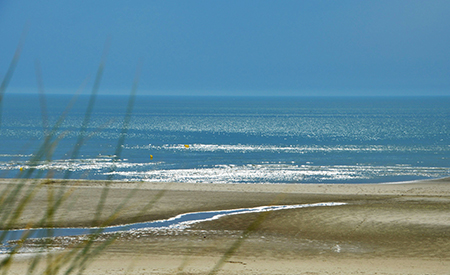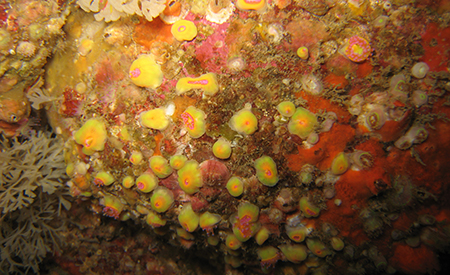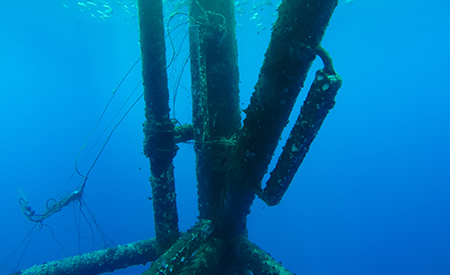Floating offshore wind
Type of resources
Available actions
Topics
Keywords
Contact for the resource
Provided by
Years
Formats
status
-

This report presents the analysis of the effects of climate change on the spatial distribution of different marine species frequenting the study site called Baie de Seine étendue using ecological niche models
-

This paper presents the assessment of potential impacts of changes in species distribution by climate change on the extended Seine Bay ecosystem.
-

Backup of the data used for characterising the different biofouling monitoring protocols in an excel file.
-

Spatial study and sensitivity of network indices to wind farm closure and climate disruption using an Ecospace model
-

Measurement of the diameter of biocolonised moorings and biofouling composition at T+6 months of immersion.
-

To reduce the number of interventions and maintenance operations, it is necessary to monitor the proliferation of marine fouling in real time and over a long period. This is why it is necessary to have an in situ optical video system that is protected for as long as possible against biocolonisation.
-

This paper presents a first framework for OSPAR Regional Sea Convention food web indicators based on ENA. These are presented here focusing on their applicability and what is needed for implementation, illustrating their potential use by case studies.
-

Conclusion and recommendation report resulting from the results of the ANODE project and published by FEM editions
-

Comparison of multiparameter probes
-

In response to the issues identified by the sector and the questions raised by citizens concerning the environmental integration of marine renewable energies in France, the COME3T approach aims to provide elements of expertise, synthesis and recommendations based on a national network of experts. 6 experts contributed to this bulletin on dangerous waves and their characteristics: tsunamis, rogue waves and impact waves. The study of worst-case scenarios corresponding to the most unfavourable conditions possible allowed the experts involved to establish that no environmental issues were identified in response to the question: can fixed-foundation offshore wind farms generate dangerous waves?
 Catalogue PIGMA
Catalogue PIGMA